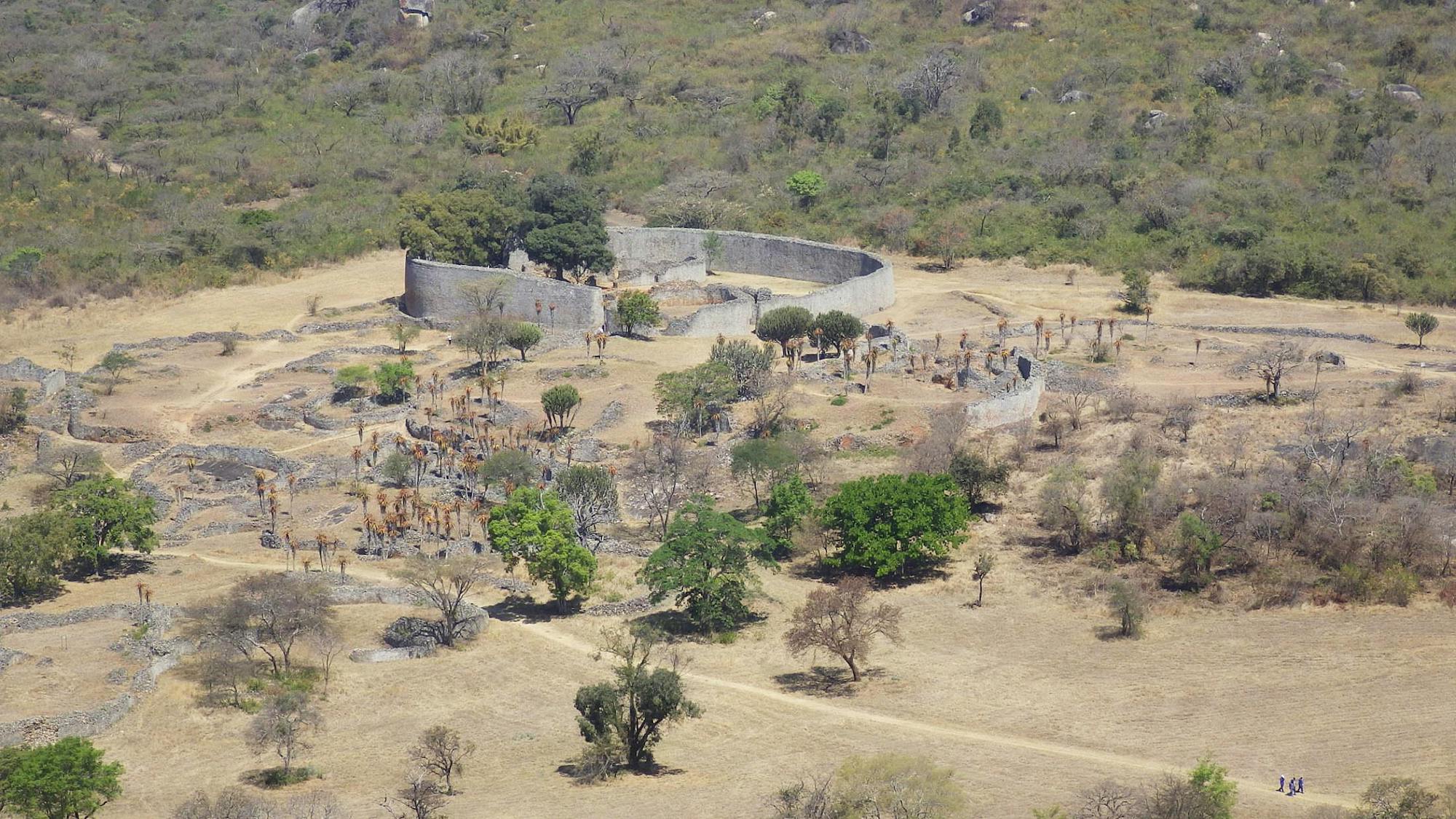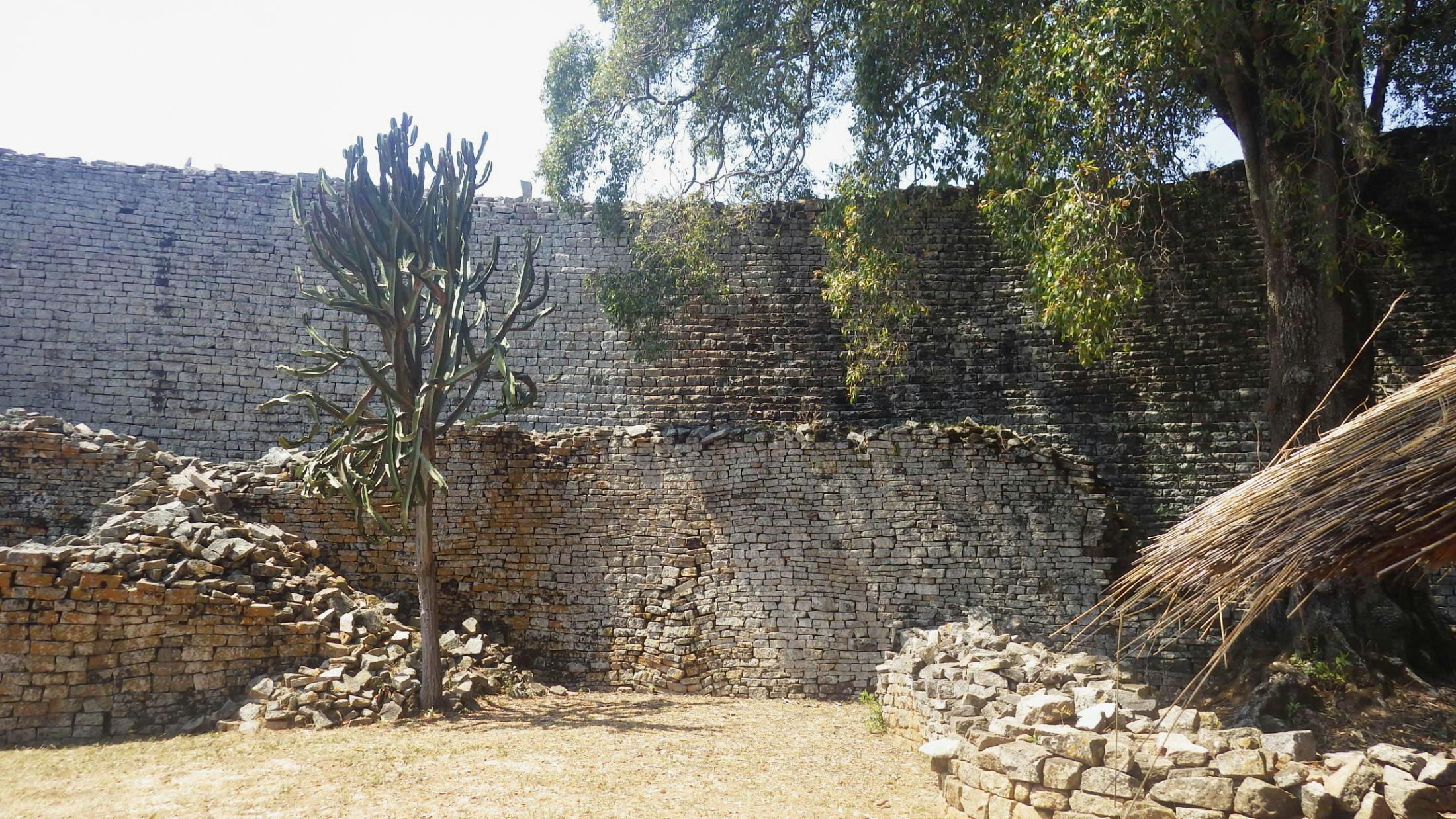
Images: Christine Sievers and Justine Wintjes
African Journal of Landscape Architecture: Indigenous Knowledge
The use of the word ‘bush’ in Australia, Africa, and New Zealand, probably comes from the Dutch word ‘bosch’ (forest) used by early Dutch Settlers in South Africa, where it came to signify uncultivated country – scarcely inhabited wilderness. While the concept of ‘bush’ has evolved, its problematic origin denied the deep-rooted, symbiotic influence of indigenous knowledge on the landscape.
Issue 04 of the African Journal of Landscape Architecture, published by IFLA Africa and the Africa Landscape Network, highlights indigenous knowledge, and the profound relationship many cultures across Africa have with the landscape, as a significant resource for culturally relevant and sustainable design solutions.
Keren Maina, OCULUS Student Landscape Architect and postgraduate student of landscape architecture and urban planning at the University of Melbourne, wonders if it is possible for African designers, with non-indigenous education and training to be equipped to design for indigenous people, specifically on the African Continent:
Looking at the history of landscape architecture as a discipline, it is sometimes difficult to grapple with the African context. Fredrick Law Olmsted, for example, is often credited as being the father of landscape architecture, and his contribution to the field of landscape architecture is extremely valuable. However, history is relative and therefore one may argue that he is indeed the father of American landscape architecture but certainly not African landscape architecture. Viewing modern design through the lens of contextual history would be more beneficial to designers today.
In order to understand the contextual history, one must consider what is considered the ‘zero point’ of the discipline, which is its origin in both space and time (Mignolo 2011). Julian Raxworthy (2018) states that this at times proves difficult in the case of landscape architecture due to the temporal nature of plants which are a major component of landscape design. Despite the fact that landscape design has a similar effect on landscapes as architecture, plants, the main design material, are ephemeral and therefore their effects are felt temporarily unlike, for example, bricks (Brisbin &Thiessen 2018). There is also the issue of ‘denial of coeval’ where indigenous methods and people are considered pre-contemporary (Fabian 1990). Therefore, he argues that it is necessary to re-orient the zero point to accommodate other knowledge systems and practices.
